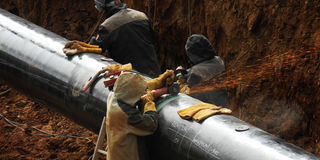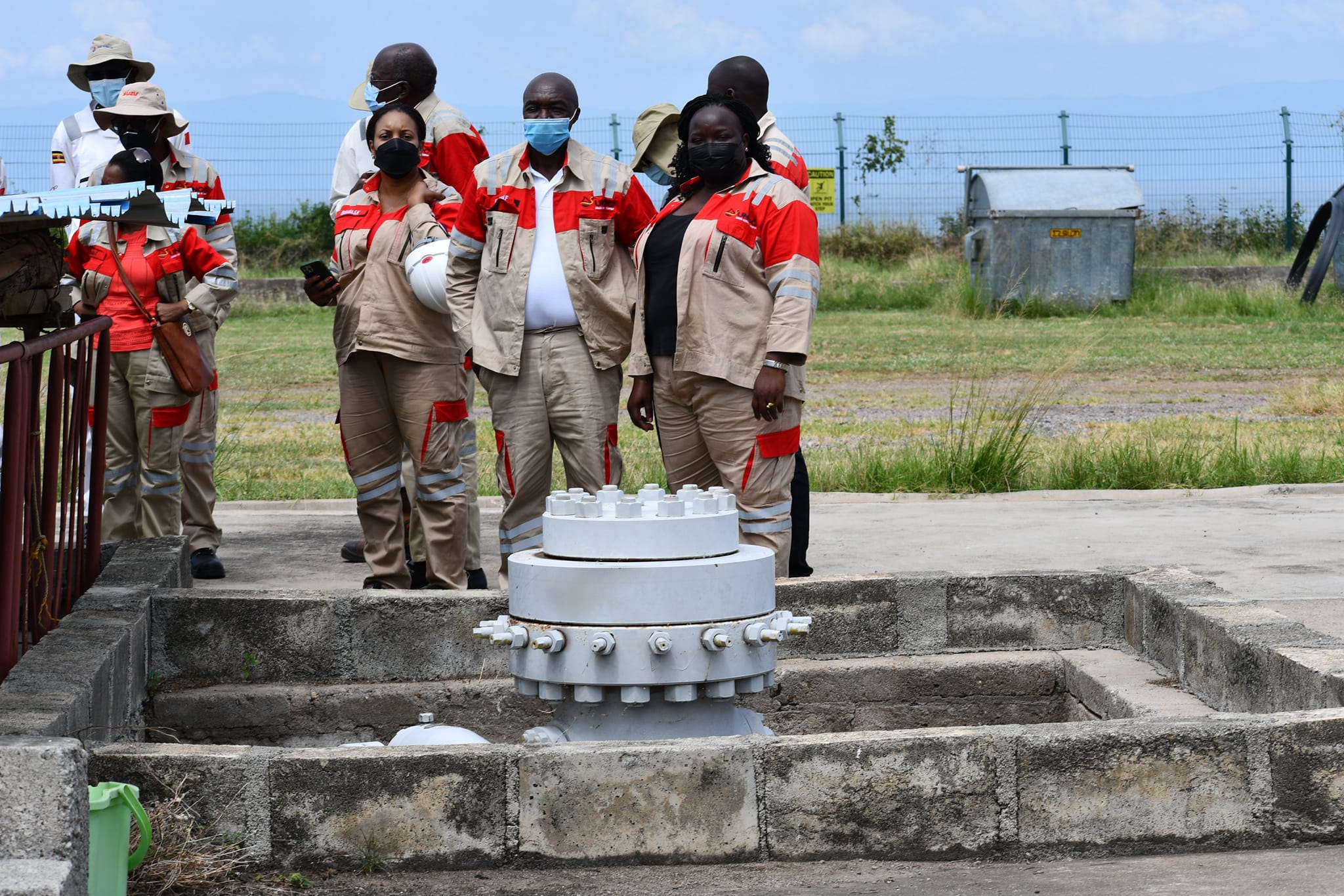Prime
How oil and gas national content share is shaping up

What you need to know:
Sections of different laws provide for participation of Ugandans in the supply of goods and services directly and from joint ventures for goods and service not available in Uganda
Nearly Shs40b in contracts has so far been sub contracted to local contractors and suppliers by just one single contractor - McDermott International.
This signals the potential of what the oil and gas industry has in store for small and medium enterprises registered in the national suppliers’ database.
Companies with a large stake in the oil and gas sector indicate there are dozens more of carefully selected contractors, who have either already opened their purse or are working out modalities to work with local contractors in the development phase and beyond.
However, it will be up to the local enterprises to position themselves in a way that billions of shillings worth of contracts do not bypass them.
So far, the total expenditures by the international oil companies in Uganda during the period between 2017 and 2019 is well above Shs495.2b, according to Ministry of Finance.
Barbra Karungi is the McDermott national content and social responsibility manager, and she believes there are huge opportunities that await local firms in the oil and gas sector.
So far, she said during the 3rd Annual National Content Conference in Kampala that McDermott alone had already dispensed about $9.9m (Shs37.5b) to several local subcontracts out of the available $96m (Shs364b).
This, she said, is an indication of the wider opportunities that are available for companies registered under the national suppliers’ database.
For a long time, the question has been how Ugandans shall benefit from the oil and gas sector.
However, the picture is starting to shape up, at least for now.
During the same conference, in her presentation, Estella Karuhanga, the national content manager at Motal-Engil, which is the main contractor for the Tilenga site, said the biggest percentage of their workforce, which is about 93 percent, will be drawn from the local population, with at least 37 per cent of national workers coming from project affected areas of Bulisa and Nwoya districts.
The project, she noted, will as much as possible incorporate local suppliers from national to regional levels.
“Where possible, goods and services as per the national content regulations are being procured from Ugandan companies, priority will be given to those from the local community,” she said.
“More than 500 Ugandans have already been employed for the project and at least 300 Ugandans are from project affected areas of Nwoya and Bulisa. These numbers will double to 100 percent on our part,” she said.
As for government, nothing will be left to chance, considering the bearing the industry has on livelihoods, jobs and the economy.

National Content Manager Mota Engil Estella Karuhanga
In his speech, Ramathan Ggoobi, the Ministry of Finance permanent secretary, said creating lasting value through enhanced national participation for accelerated socioeconomic transformation is in line with the national development objectives and therefore, the theme of the conference was timely as “we progress to the next phase of development and production of oil and gas”.
“While applying for a license, the company is required to make a commitment on their intention to employ and train Ugandans,” he said, noting that sections of different laws provide for participation of Ugandans in the supply of goods and services directly and from joint ventures for goods and service not available in Uganda.
The oil companies are also required to train and transfer technology to Ugandans to ensure that nationals effectively participate in the petroleum sector.
Available laws also earmark sectors such transport, logistics, food supply, clearing and forwarding, crane hire and waste management that should specifically be a preserve for Ugandans.
Others include lifting, camp management, road construction and security, among others.
The national supplier data base and the national oil and gas talent register at Petroleum Authority of Uganda have supported the sector to identify competent individuals and firms to provide services.
Lifetime opportunity
The Albertine Graben area is estimated to hold more than 6.5 billion barrels of oil and its exploitation, Ggoobi says is a once-in-a life time opportunity of transformation. Therefore, he says, this will trigger socio-economic transformation, given that government has so far benefited from tax revenues.
The target
While the contribution so far is impressive, it is still below the target of 161,000 jobs targeted under the national content policy for the petroleum sector. Of the total target 14,000 jobs are expected to be direct while 42,700 will be indirect and 105,000 induced jobs. Of this work force, 15 percent are estimated to be engineers and managers, 60 percent technicians and craftsmen and 25 percent unskilled labourers. This should be fast-tracked and reported on annually by PAU working closely with other stakeholders. Government is fully committed to support PAU in this endeavor.approximately 216,000 barrels of oil per day from Uganda’s reserves at the Albertine Graben (Lake Albert) to a Marine Storage & Terminal and a Load Out Facility, near to Tanga Port in Tanzania, where the crude oil will be exported worldwide by ocean-going tankers.
The EACOP shareholders are TotalEnergies, Chinese National Offshore Oil Corporation (CNOOC), Uganda National Oil Company Company Limited and Tanzania Petroleum Development Corporation.





